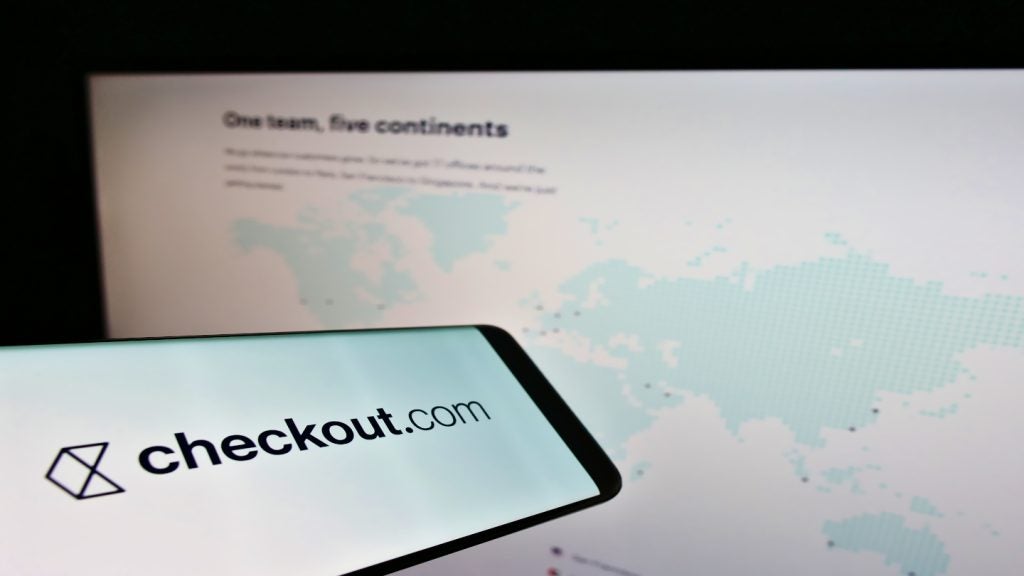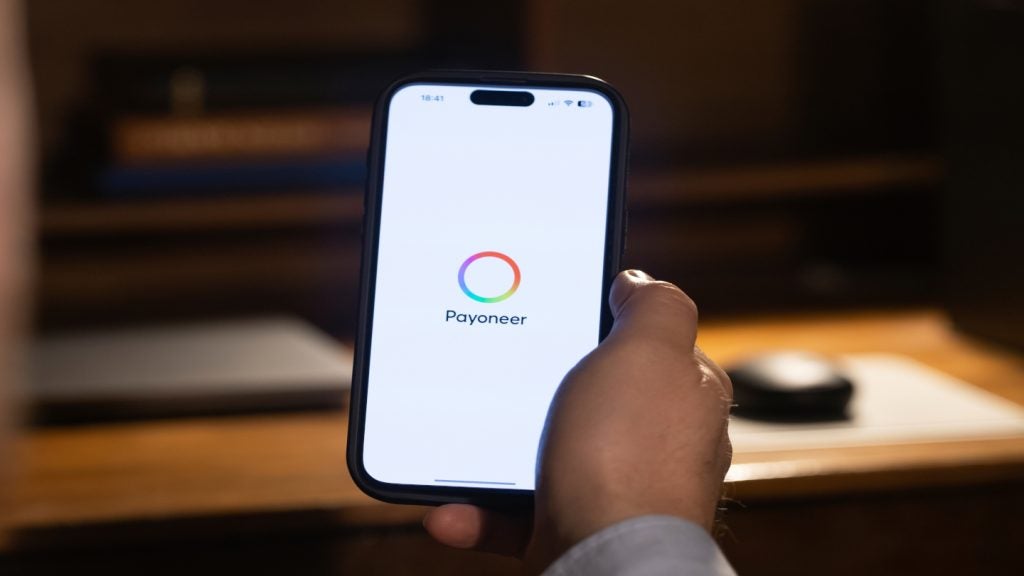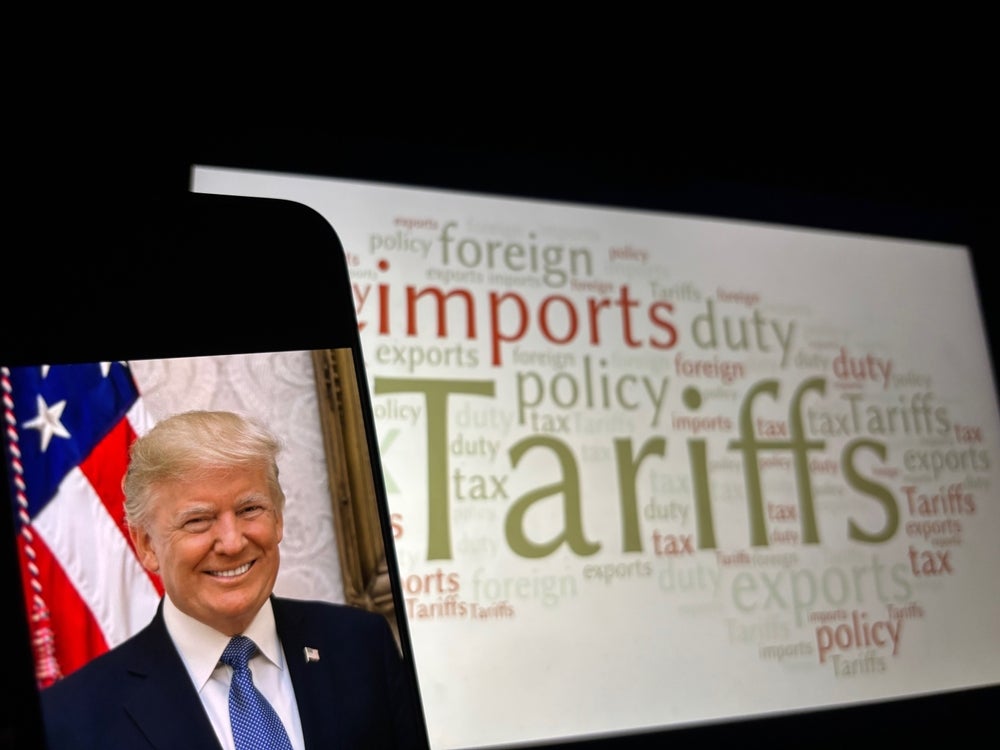Cheques still play a central role in North Americas corporate payments sector, being by and large the preferred payments method. Alternative methods are attracting increasing interest, but companies can experience practical difficulties even when they are willing to shift towards a new payments system.
A 2012 study by liquidity management solutions SunGards AvantGard, Leaving the check behind: a look at the migration away from check to ACH and virtual card, stresses how companies are actively exploring alternative payments options aside from traditional paper cheques.
The main obstacle into making this shift is getting vendors to accept the new forms of payment across a broad vendor basis.
Even when the desire to migrate away from cheques is clear, companies can be put off by the time and resources needed to contact each vendor individually.
The latter is a necessary operation for migrating to an automated clearing house (ACH) and virtual cards.
An expensive check
The will to abandon cheques is typically motivated by a desire to save costs.
Cheques are expensive, with stock, ink, and postage all adding to the costs of this payment method.
An estimate by non-profit PayItGreen Alliance even states paper cheques require more than 674m gallons of fuel and produce almost 4m tons of greenhouse gases.
With an estimated cost of USD1.51 per paper cheque, companies spend thousands of dollars each and every month on paper checking processing.
SunGard estimates that an average rebate on a virtual card transaction would be USD 13.7, with a clear return on investment.
The migration to an electronic process could therefore increase revenue by cutting basic costs, as well as via a rebate programme.
The 171 participants in the SunGards AvantGard study have been selected from a broad range of industry and revenue classification. Most of them are from the US and a small percentage from Canada. Almost half of them posted USD1bn in revenue.
The study stresses how money is not the only issue at stake when it comes to the companies desire to migrate to other forms of payments: 47% of respondents reported spending 40 or more hours per month processing corporate payments, with 35% saying they spend 81 hours or more.
The point SunGard aims to demonstrate is that the switch to electronic payments could transform the payments process from an expense to a revenue generator.
Ditching paper
In the 2012 study, SunGard states: ePayments adoption continues to elude even the most sophisticated organisations.
According to the study, the main obstacles to the adoption of new electronic methods are internal barriers and the lack of knowledge of the available options.
A typical situation is presented through the example of Force Protection, which specialises in blast and ballistic-protected armoured vehicles, and which is said in the study to have posted annual revenue of USD656m in the fiscal year 2011.
The company decided to migrate from paper to electronic payments. The starting point was that 95% of payments to over 1,500 vendors were paid via cheque.
The study explains that five staff members at Force Protection were manually printing, stuffing and mailing an average of 1,200 cheques per month.
However, streamlining the payments process seemed an impossible achievement, as the team did not have enough resources, in terms of time and staff, to contact each vendor individually and migrate them to the ACH.
The hurdle of vendor enrolment was big enough to stop the modernisation process.
This was at least until the company decided to outsource the payments processing and engage in migrating more vendors to the ACH or virtual card.
According to this case study, in less than a year and following the migration, to electronic payments, the company was earning an average of USD15,000 per month in rebates because of the adoption of virtual cards.
Internal barriers are considered the main obstacle when switching to electronic payments by 39% of companies.
A fifth of the survey-participants pointed at the lack of knowledge and offerings as the principle factor slowing the decision to change.
Security issues were a concern for 10% of respondents, while almost a quarter considering implementation costs as a factor weighing on the decision.
This split explains why, Sungard says, an increased number of organisations are opting to outsource the payments process.
Outsourcing to a single vendor with multiple payment channels, means having multiple payment channels at disposal.
It is likely that not all vendors will immediately accept electronic payments and only some will accept virtual cards.
But the use of a single platform can help companies to actively promote migration to a new payments method over time and abandon cheques, the SunGard study says.
An integrated platform is considered by more than half of the companies as one of the top requirements for a payment solution.
This platform is defined as a web-based portal providing authorised users with a secure connection to manage whole payment process.
Since companies are generally not after a specific payment type, but aim to get hold of a platform able to handle a wide range of payments methods, this typically means an integrated platform,
SunGard explains, this type of platform can process different payments method, making it possible to choose the most appropriate one, according to the case. This could be via ACH , EFT, (electronic funds transfer) wire, virtual card, SWIFT, or cheque.
In processing the payments, the system assigns each transaction a corresponding trace number – essential for reconciling payments together as a single payment run.
An integrated platform can ease the transition for a vendor away from cheques to a virtual card programme.
This brings a series of advantages, from security issues, to the possibility of even driving rebate revenue by taking some of the interchange fees received by the card issuer and sharing them with the payer in the form of a rebate cheque.
Over 20% of firms ask for an embedded vendor enrolment programme as a requirement of their switching programme, the study shows.
Corporations are willing to outsource the process of directly contacting vendors to convert them from cheques to virtual cards.
This means that vendors that act on the invitation to enrol in the Cheque-to-Card migration service only need to complete a simple online registration process.
SunGard explains these campaigns typically target top tier vendors that receive large payment volumes and are a potential source of monthly rebates.











